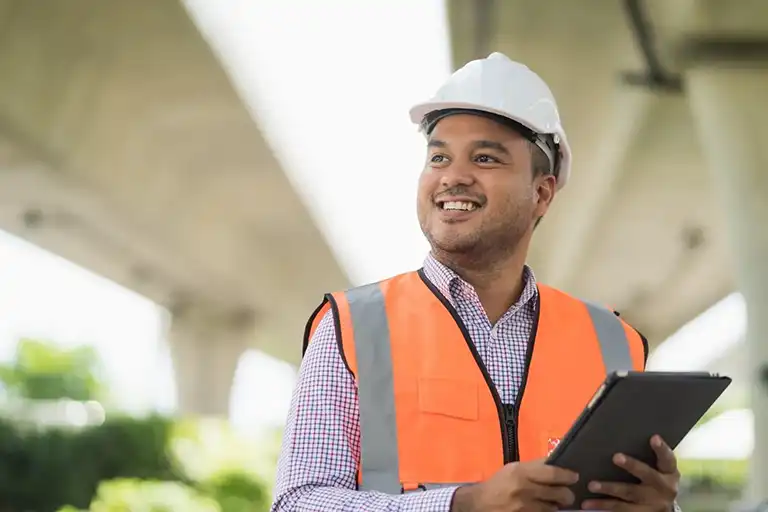In August, Hawke’s Bay Regional Council’s HR Manager, Viv contacted us. No Manager with H&S responsibility ever gets over a loss on their watch. It plagues them for life. His brief to us was “I honestly want to know if we could have done more”.
It’s confronting to have to be brutally honest in your assessment of solutions in use in this type of scenario. I really didn’t want to have to point out that well, yes, you could have done x y z. I was relieved to find out that actually, no matter what we might have had in place, this person would not have been saved. So then the focus is on how we might mitigate this risk, in case we have the opportunity to save someone in the future who has a vehicle incident in a remote location.
Viv had a range of technology solutions in place. They had a GPS fleet management solution in the vehicle, PLB in the glovebox, a cell phone and a satellite communication device. They also had a manual phone in system as a back up. The worker had in fact phoned in to say he was finished and safe and well. Unfortunately this call took place prior to him getting safely home.
It was only when his wife was calling around looking for him some 2-3 hours later that the search started. He was out of cell cover so the vehicle solution which relied on cell cover was no good in trying to locate him. He had his satellite device turned on, so that’s how they found him. His vehicle had gone down a bank.
Had the vehicle solution been hybrid, meaning it would send information via iridium as well as cell network, and had it had impact and roll over alert, and if those alerts were monitored, we would have known immediately that there had been an incident. While it wouldn’t have made a difference to saving this life in this instance, we would have known immediately and that is the only way a telematics solution can be a health and safety solution.
We opened a bit of a can of worms with this project, which has complicated it but in the long run, will create a better and safer solution for remote and lone work. The devices which were in use we found out were no longer supported by the manufacturer. It also becomes evident when you have a company like Guardian Angel start really picking apart the detail what the gaps are. When you’re busy doing your everyday job, it’s neigh impossible to think of all the “what ifs” and deal with the manufacturers and providers involved in supplying a solution to figure out if you’re using the device at its full capacity, what other features could you use and how, and also then checking with all staff in the business if they’re comfortable with it and understand it.
There are a number of changes that will be made to the use of the solutions at the HBRC:
- The monitoring will no longer be done in house by colleagues. It will go to our professional, government audited monitoring centre.
- The satellite devices which were purchased around 5 years ago, will be upgraded.
- We will train staff with hands on practise on sending a SOS and using the messaging on the satellite device.
- The processes will include them always driving with the devices in the windshield mounts so that they can be monitored through the windscreen and be within reach if there’s an incident.
- They will always be wearing them when out of the car so that they can be reached if they slip or fall and so that they’re in view of the sky if we need to locate them.
Us humans are much better at hindsight versus foresight. And when Health and Safety managers have to grapple with what is the best technology, and get bombarded with different opinions and salespeople telling them different stuff, it really is a minefield to get it right and to know you’re doing everything you can to cater for that 1% of the time when things really do go terribly wrong. It takes money and time to get it right, but as Hawkes Bay Regional Council knows, getting it right is priceless.
Related Content

Industry: Local and Federal Government Agencies
Discover the safety risks and challenges facing Lone and Remote Government Agency employees and how to keep them safe.

Use Case: Protecting Remote Area Service Delivery Crews
Discover how to protect government workers delivering services in remote or rural areas with advanced location tracking and emergency response solutions.



